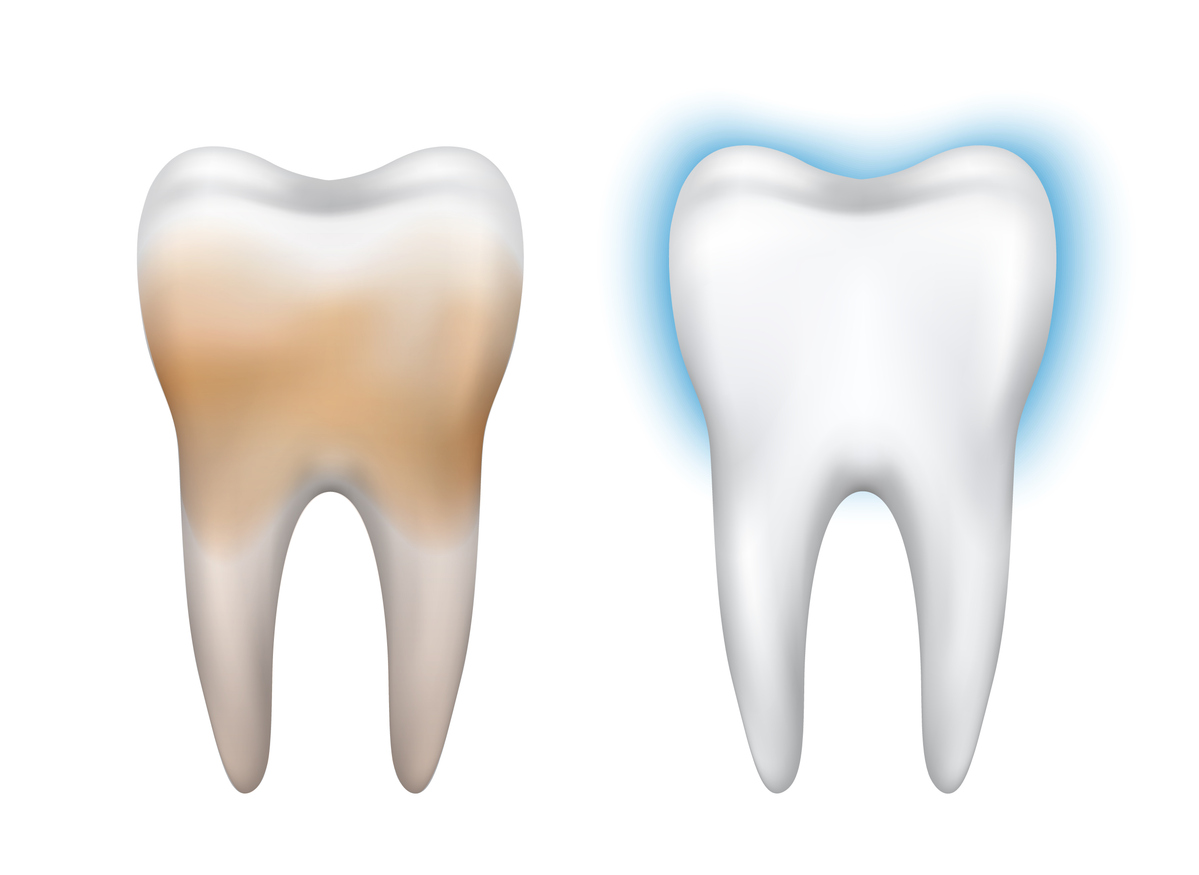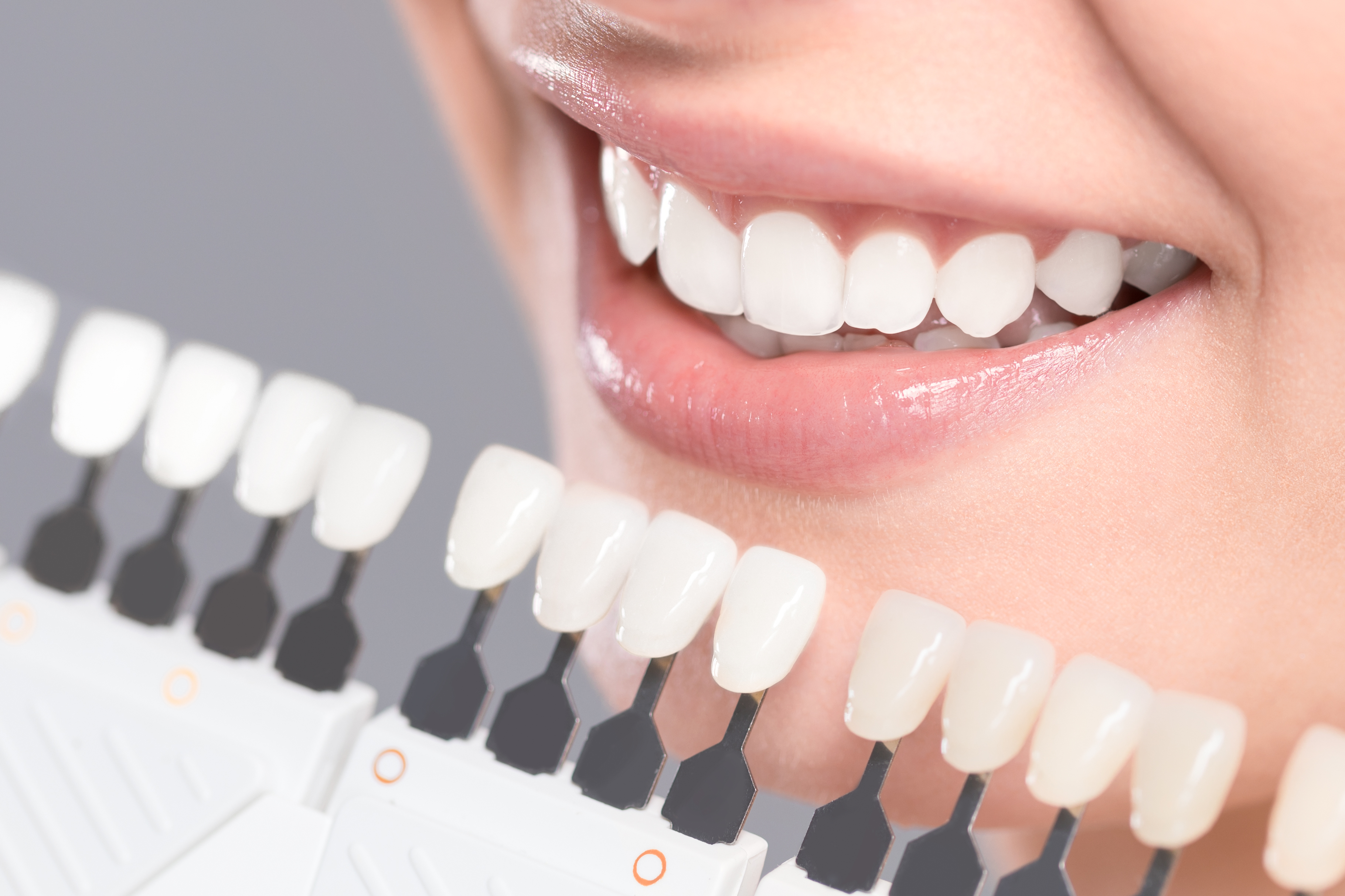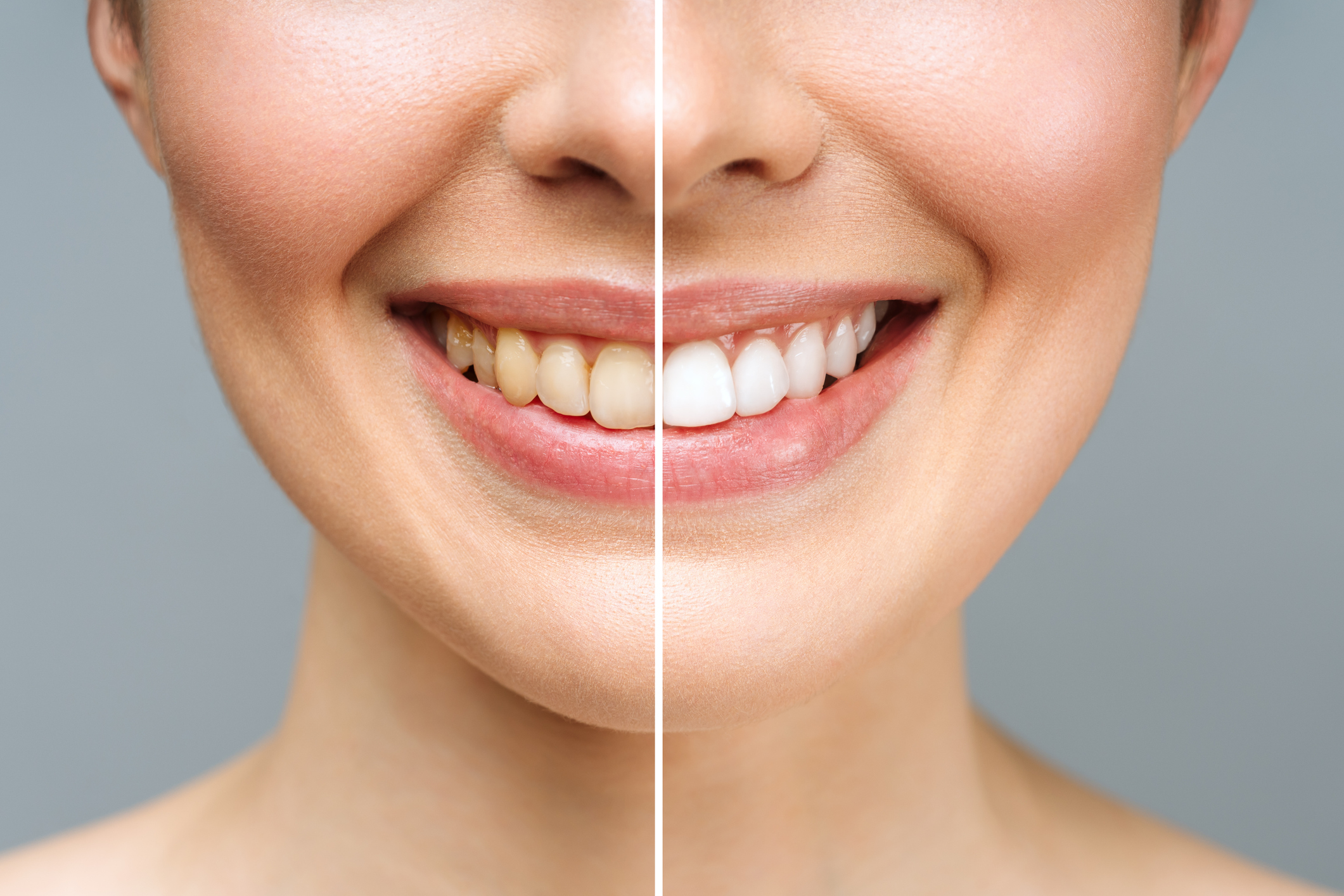Teeth whitening is one of the most popular cosmetic dental treatments. As of 2018, the Oral Health Group estimated that Americans spent $11 billion on products and procedures for teeth whitening. They also found that three in ten cosmetic dentists saw an increase in teeth whitening procedures.
It is evident that teeth whitening procedures are becoming increasingly popular, but why? Perhaps it is because professional teeth whitening is non-invasive and requires absolutely no downtime following the procedure. Compared to other cosmetic dental treatments, it is also one of the most affordable cosmetic dental procedures.
Being able to have your smile whitened affordably in a short time with no downtime seems almost too good to be true. Which raises the question, does professional teeth whitening actually work? The simple answer is yes. The more complicated answer will be explored throughout the rest of this article.
The simple principle behind the magic of teeth whitening is…drumroll please….SCIENCE! Specifically, chemistry. But to understand the science of teeth whitening, we must first understand the reasons why teeth become discolored in the first place.
The Science of Stains
Teeth can become discolored or stained for a number of different reasons. Your teeth are composed of three different layers, and two out of these three layers can become stained. The enamel is the hardest and outermost layer, the dentin is the somewhat porous middle layer, and the pulp is the innermost layer containing nerves and blood vessels.

Both the enamel and the dentin layer of your teeth can become stained. However, each layer can become stained for different reasons. Because of this, there are two types of stains that can affect your teeth as a whole: extrinsic and intrinsic.
Extrinsic stains refer to stains that appear on the external surface of your teeth. Because of this, they can also be called external stains or enamel stains. Extrinsic stains are most commonly attributed to environmental stains caused by smoking, pigments in foods and beverages, antibiotics, and certain metals such as those found in amalgam fillings.
Intrinsic stains, also known as internal staining, refer to stains that are found inside the tooth, specifically in the dentin layer. Intrinsic stains are generally harder to prevent than extrinsic stains and can be caused by genetics, age, antibiotics, excess fluoride, and developmental disorders prior to tooth eruption.
Regardless of the type of stain, both extrinsic and intrinsic stains are composed of chromogens. Chromogens are colorless chemical compounds that have the biological potential to become pigmented. The chromogens associated with extrinsic and intrinsic stains, however, are pigment-producing. They are able to stick to the tooth’s enamel and collect inside the tooth to produce stains. Depending on the type of stain, chromogens can either be large organic compounds (meaning they contain double bonds) or metal containing compounds.
| Stain culprit | Description | Type | Stain color |
| Smoking/Tobacco | Tar and nicotine can discolor teeth | Extrinsic | Tar is darkNicotine turns yellow when exposed to oxygen |
| Food/Drink (Includes, but not limited to: coffee, tea, red wine, and dark colas) | Various pigments discolor teeth | Extrinsic | Color can vary depending on the color of the pigment consumed, generally yellow, brown, orange, or green |
| Antibiotics (Tetracycline/doxycycline) | Can cause problems with tooth color development | Extrinsic/Intrinsic | Dark yellow-brown or blue-grey, usually in horizontal striped pattern |
| Metals | Colored compounds are absorbed into the enamel | Extrinsic | Green, blue, or grayish black |
| Age | Enamel thins with age, exposing the yellow dentin layer | Intrinsic | Yellowish |
| Trauma/Developmental disorder | After trauma, the dentin layer may thicken | Intrinsic | Yellowish/darker than other teeth |
| Genetics | Enamel can vary in color and thickness | Intrinsic | Varies |
| Excess Fluoride | Builds up and causes discoloration | Intrinsic | Chalky white or brown spots, patches, or lines |
The Science of Natural Tooth Color:
In addition to understanding how stains occur, it is important to note that white is not a naturally occurring tooth color. In actuality, all natural teeth have an underlying color tone and the color tone your teeth have is most often determined by genetics. Currently, there are four basic shade ranges including: (A) reddish brown, (B) reddish yellow, (C )gray, and (D) reddish gray. Depending on your natural color tone, your teeth may stain to one of those colors as you age.
Consider this. The average tooth color is A3, which has a slight red yellow tint. However, since it is the average color, most people are familiar with its appearance and accept this color as being part of a beautiful smile. To achieve an actual “white” shade, one would have to whiten their teeth to a B1 level. B1 is the whitest natural shade, and looks quite a bit whiter when compared to A3.

Beyond B1, there are also Hollywood shades, which are even whiter. Since “white” truly isn’t a natural tooth color though, they may make teeth appear “too perfect” or almost fake-looking. This is something to consider and something to discuss with Dr. Sadati prior to having your teeth whitened.
For those who are looking for a natural, but brightened appearance, simply lightening the color of your teeth by 2-3 shades is enough to make a huge difference. In most cases, professional teeth whitening treatments lighten teeth by approximately 2-7 shades depending on the extent of the treatment. During your initial consultation, Dr. Sadati will be able to give you a better idea of how your individual tooth color will react to treatment.
The Science of Oxidation (Whitening):
Now that you understand what stains are and how they form, as well as how natural tooth color works, we can finally get to understanding just how whitening treatments are able to be so effective. While results do vary for everyone, the Oral Health Group reports that 82.5% of people who have undergone professional teeth whitening notice significant improvements in their tooth color after treatment.
Essentially, whitening treatments are so effective because of oxidation. Without getting too complicated, oxidation is part of what chemists call a redox reaction. In a redox reaction, the chemical compound that is oxidized loses electrons. Rust formation is an example of a slow redox reaction, while burning fuel is an example of a quicker redox reaction.
For teeth whitening, one of two chemical compounds is used: carbamide peroxide or hydrogen peroxide. Hydrogen peroxide is the bleaching agent that becomes oxidized and carbamide peroxide breaks down into hydrogen peroxide and urea when applied to the teeth. Teeth whitening works because the oxidation of hydrogen peroxide breaks the chemical bonds of the chromogens.
As mentioned before, chromogens are either large organic compounds or metal containing compounds. Large organic compounds are held together by double bonds. When the hydrogen peroxide oxidizes, the resulting reaction breaks apart these bonds and scatters the molecules. Once scattered, the chromogen becomes a lighter color. Metal containing compounds work in a similar way as well, but may not have the same results because it is harder to break those bonds.
Now that you understand the basic chemistry behind teeth whitening, let’s take a look at the various methods. Although there are tons of over the counter products available, we are going to focus specifically on professional teeth whitening. This is because while over the counter products do offer results, they are unable to offer consistent results because they are not administered by a dental professional.
The two forms of professional teeth whitening include take-home trays and in-office treatments. In the case of take-home trays, a dental impression or digital scan is taken of your mouth and used to fabricate custom whitening trays. To whiten your teeth, you will wear the whitening trays with whitening agents for approximately 30-60 minutes a day for two weeks. Over this time, your teeth will gradually become lighter.
During an in-office treatment, your teeth are first polished with a grainy pumice to remove any plaque from the surface of your teeth. Then, the teeth are isolated from the gums. This is important because it keeps your teeth dry during the treatment and also protects your gums from being exposed to the whitening agents. Although whitening agents are safe, they can cause some gum irritation if applied to the gums.
Once your teeth have been prepared for whitening, their front surface will be coated with a whitening solution. This solution will then remain in place for about 30-60 minutes. In some cases, it may be reapplied during this time. Finally, your teeth will be rinsed and a fluoride polish will be applied.
Although the in-office option seems to get the teeth whitened faster, Dr. Sadati believes that the results of the in-office whitening system dissipates in a few days after the treatment and patients experience a much higher degree of sensitivity due to the higher potency of the chemical. Therefore, Dr. Sadati does not offer this system unless it is combined with the take home bleaching system as an adjunct.

The main difference between the take-home trays and the in-office treatment is the concentration of the whitening agents. In-office whitening treatments use a much stronger concentration of whitening agents, which allows them to work faster. The take-home trays, on the other hand, have a lower concentration and take longer to yield the same results. Take-home trays also usually contain carbamide peroxide instead of hydrogen peroxide, although they both work in a similar way.
Although at first it seemed too good to be true that you can have your smile brightened in a short time, the science of teeth whitening makes this possible. And now that you too understand how chemistry works to break apart the bonds of discolored molecules to remove stains, I’m sure you can see why teeth whitening is one of the most popular cosmetic dental treatments. So, the next question is, are you ready to experience the science of teeth whitening first hand? For the best professional teeth whitening services in South Florida, schedule a consultation with Dr. Sam S. Sadati today!

